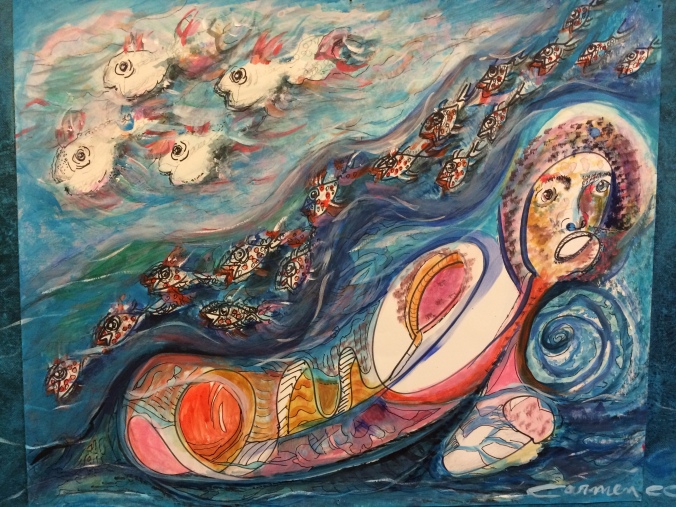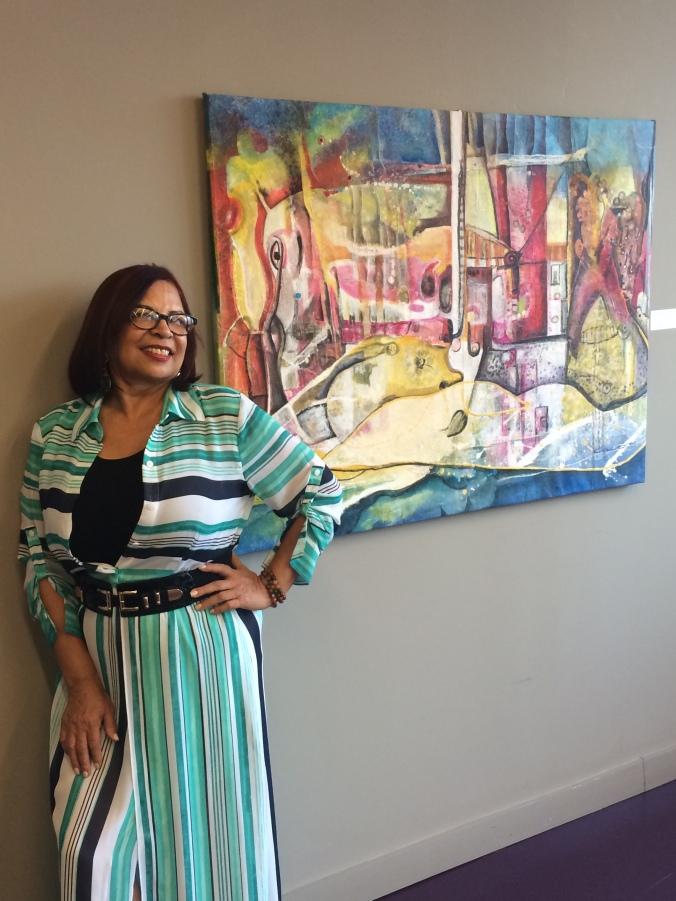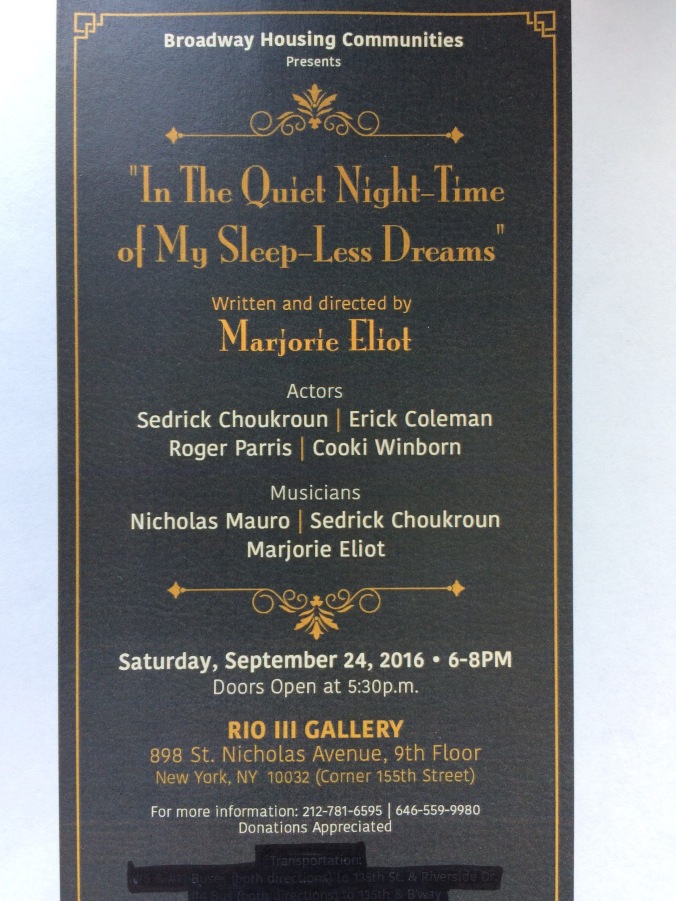Access to art especially among minorities and people of color is not just about the ability to appreciate art through free museum passes and free public art spaces, although they are essential. Access also entails dismantling obstacles that hinder artists from the margins to represent their underrepresented and sometimes misappropriated culture. Beyond skill, style and method, art as voice and narrative is an inalienable right of expression particularly for artists from the margins to tell their stories and assert their identity.
By realigning resources to help disenfranchised artists reclaim their culture and art, society is able to welcome cultural creators and contributors rather than groom individuals who must wait in que for their turn to have their culture validated. When this level of social justice happens on the structural level of artistic expression, it translates to cultural equity.
A crucial resource for many disenfranchised artists is space to showcase their work. Why? Many of these artists will never have the financial leverage to compete for prominent exhibit spaces in the metropolis. According to Michael Styles Verruto of Eden Gate Equity, usually developers build cultural centers for these groups of artists they are trying to help. Once the infrastructure is completed, these artists are the very first ones to be excluded because of the exorbitant rent they have to pay for these spaces.
Since 1983, through the founding leadership of Ellen Baxter, Broadway Housing Communities (BHC) in Harlem has disrupted this system by offering artists from the margins rent-free gallery spaces. BHC owns three separate galleries and the Sugar Hill Children’s Museum. These spaces have become highly accessible oases of culture where empowered artists shape the cultural landscape of a marginal section of New York City. This community-based solution addresses a real need where everyone is drawn into mutual participation.
Ofelia Rodriguez, community organizer and one of the institutions of BHC, describes how she felt strongly about bringing art into the early spaces of BHC, “Because many of our tenants with mental illness did not want to get out of the building, I thought of bringing the community outside into the building through the arts.” For more than three decades BHC has sustained this structure to mutually benefit the artists and BHC tenants in a manner where uplifting human dignity is a priority.
A recent exhibit by Dominican artist Carmen C. Cordero – “Diaspora of the Mass”, portrays her lived experience of the diaspora that happened in Haiti shortly after the earthquake in 2010. Carmen witnessed the multitudes of Haitians who fled to neighboring islands while escaping the ravage of the earthquake. Her exhibit depicts her imagery and experience of human struggle in crisis. More so, it is a viewpoint whose narrative is uniquiely Dominican.

Diaspora de un Cardumen by Carmen Cordero in Rio III Gallery

Carmen C. Cordero with her obra at the Rio III Gallery
Performance arts is another important exhibit especially by residents of the Harlem community of artists. Jazz player Marjorie Eliot known for her Sunday free Jazz concerts in her home graced the Rio III Gallery with her genius, “In the Quiet Night-Time of My Sleepless Dreams”. Her calibre is an example of art that shapes and contributes to the artistic landscape of New York and the world of Jazz by embodying Harlem through her musical genius. Her Sunday free concerts is the brand of social equity that also pervades the cultural sense common among Harlem artists.

Written and directed by Marjorie Eliot, September 2016
It is this kind of cultural conscisounsess in which art, from a cross-section of diverse artists constructs sustainable life sources in a community. The expected outcome of cultural equity is not only free expression of culture but the establishment of cultural identities as invaluable resources in a wider transformation of a community. Whether it be a correlation or causality, when cultural transformation is within sight, people empowerment is not far off.